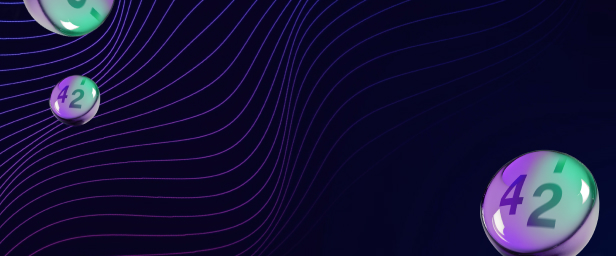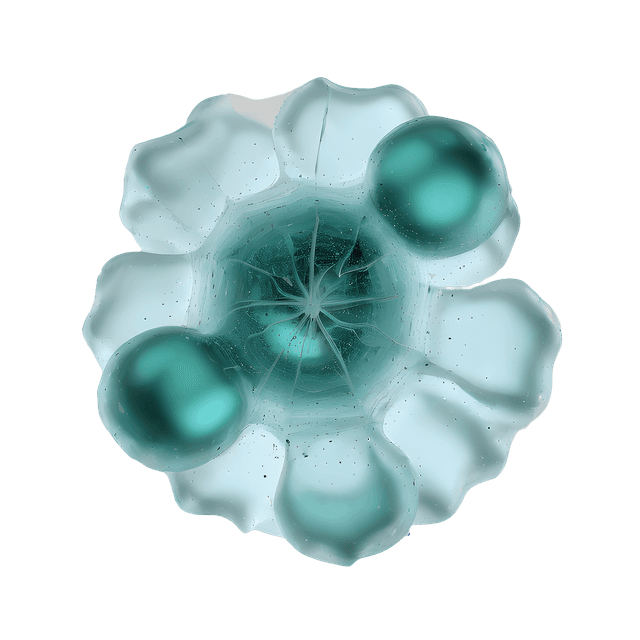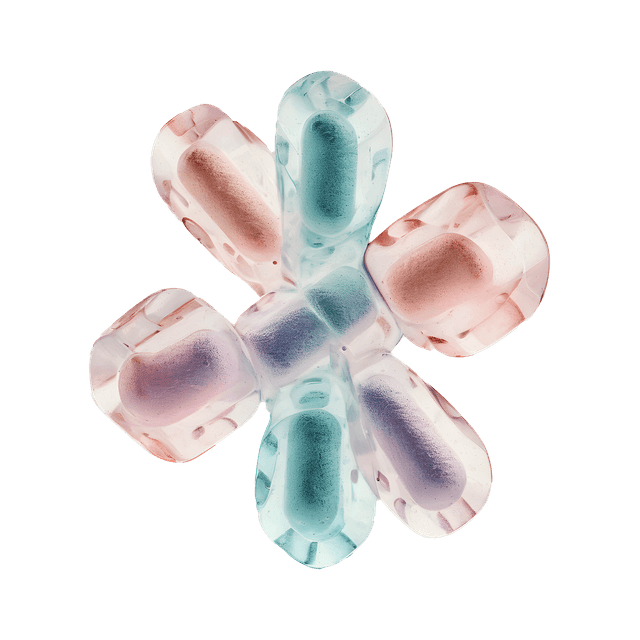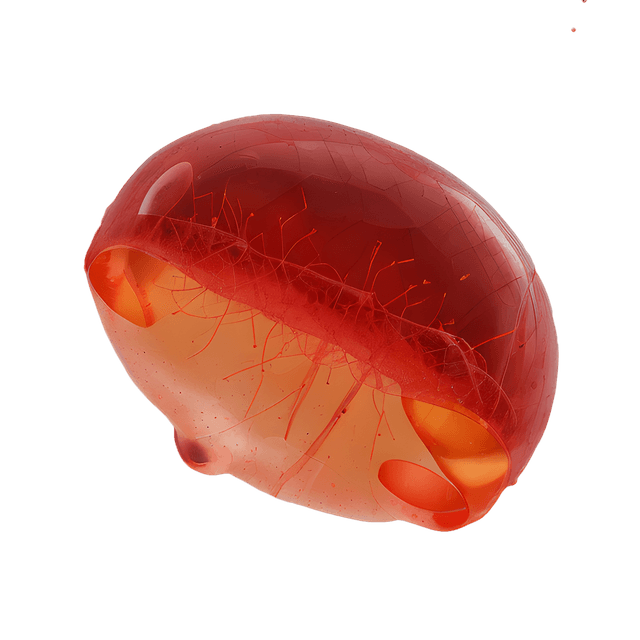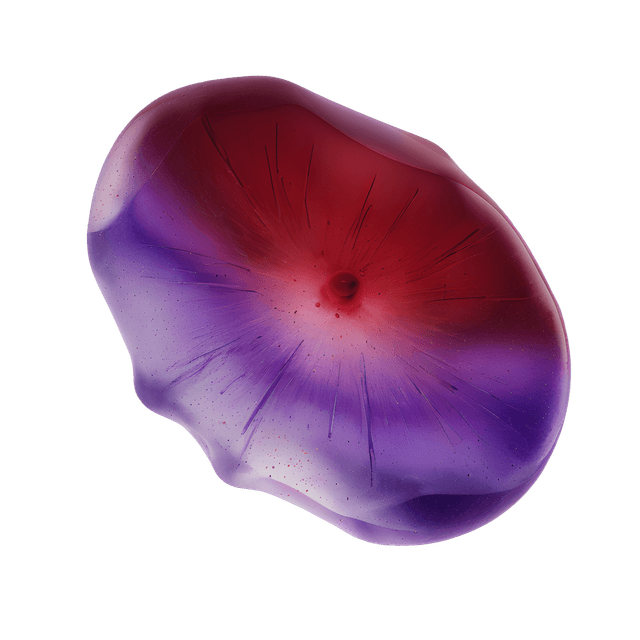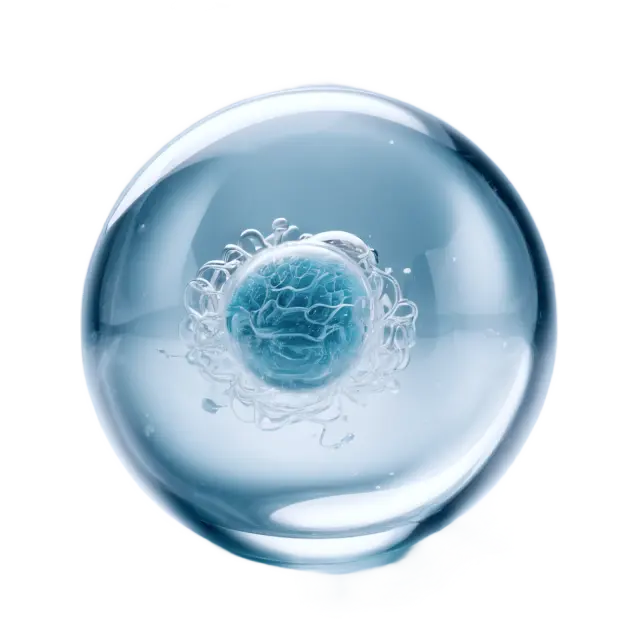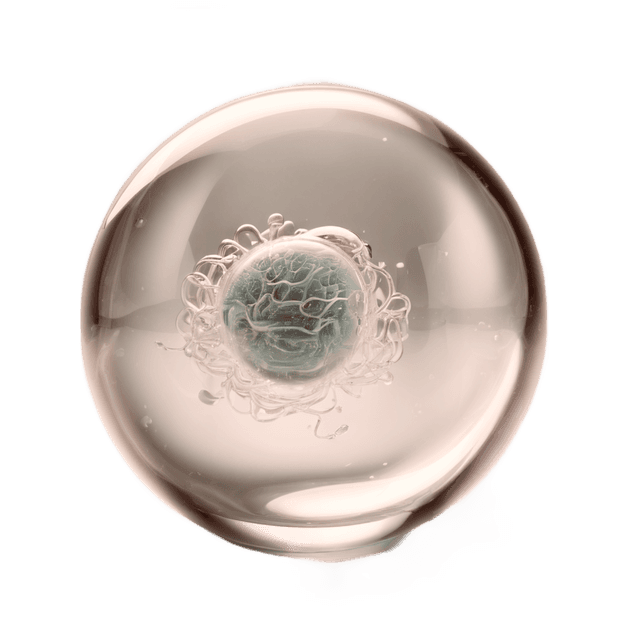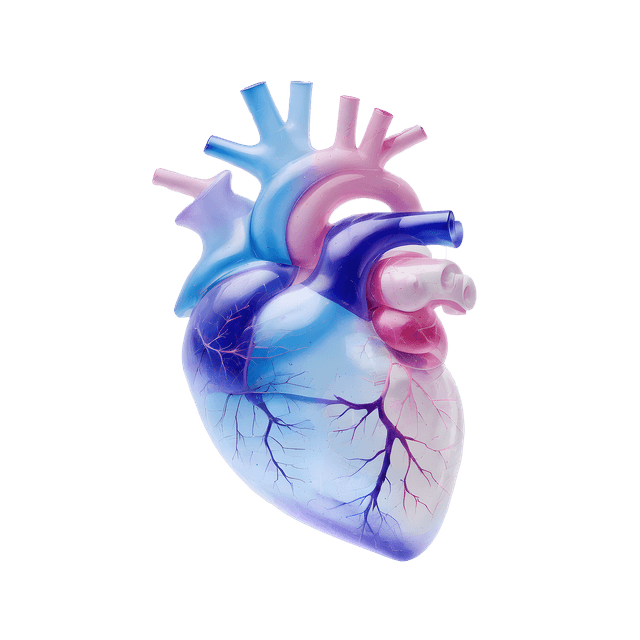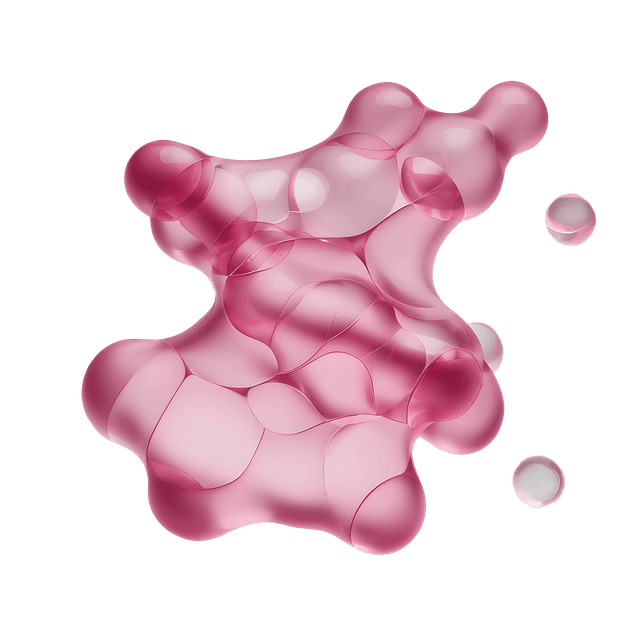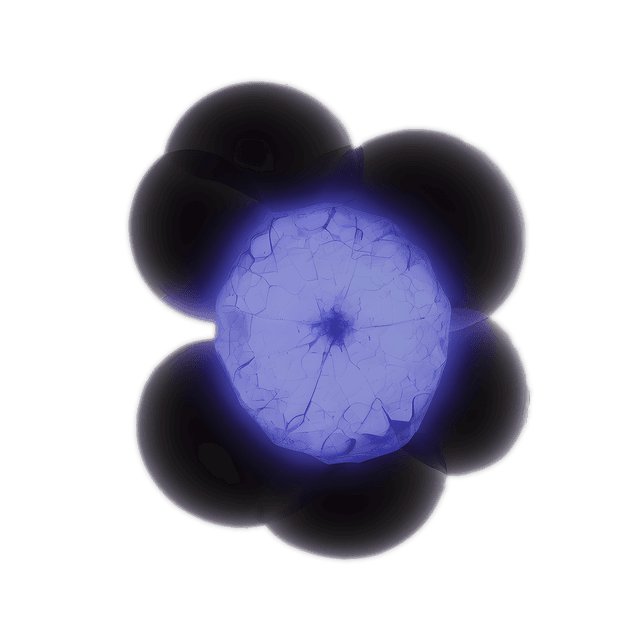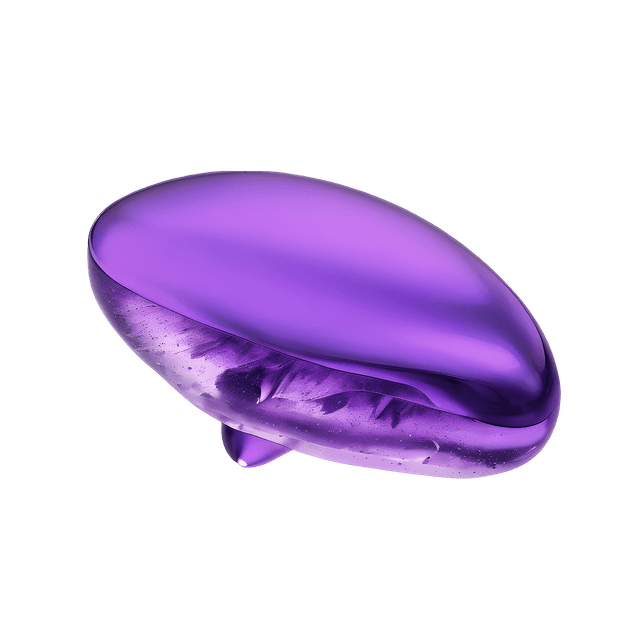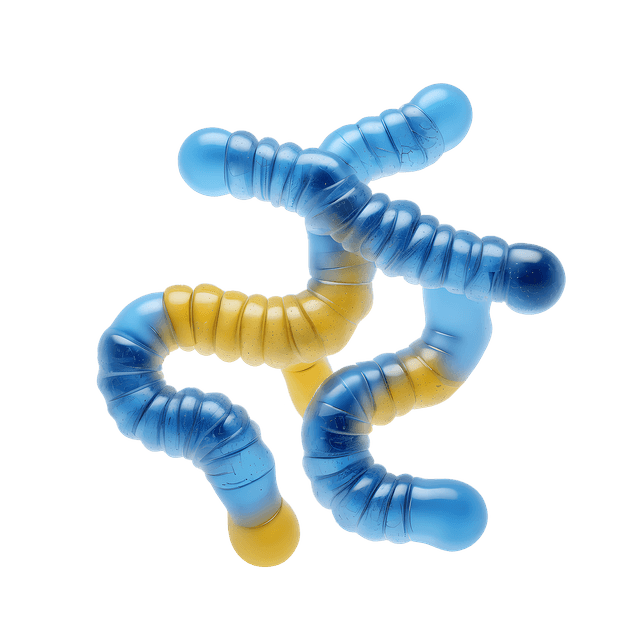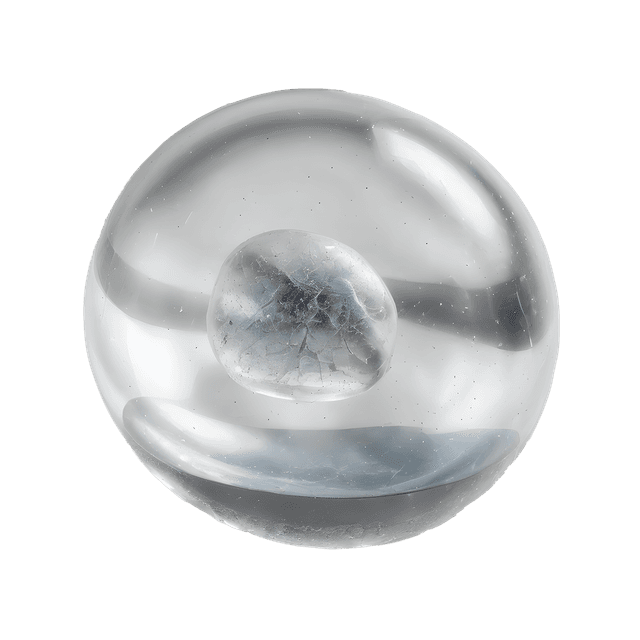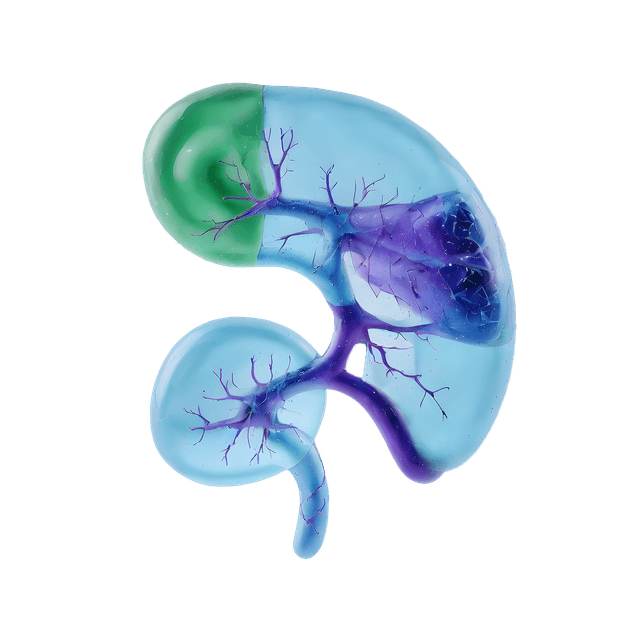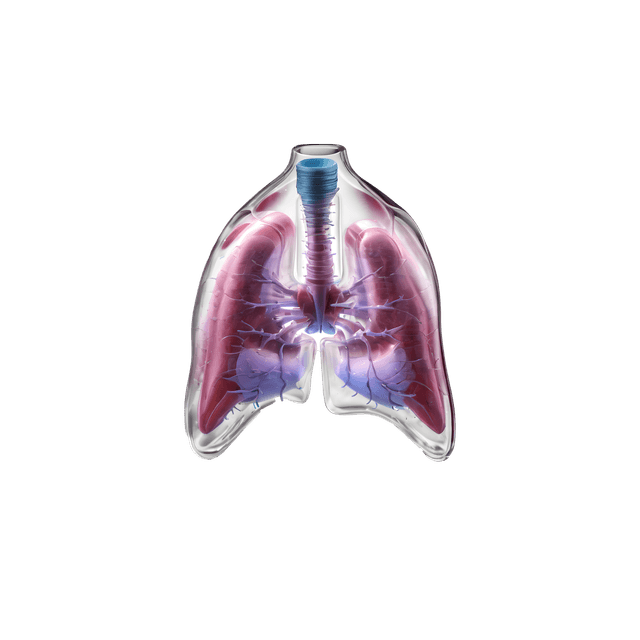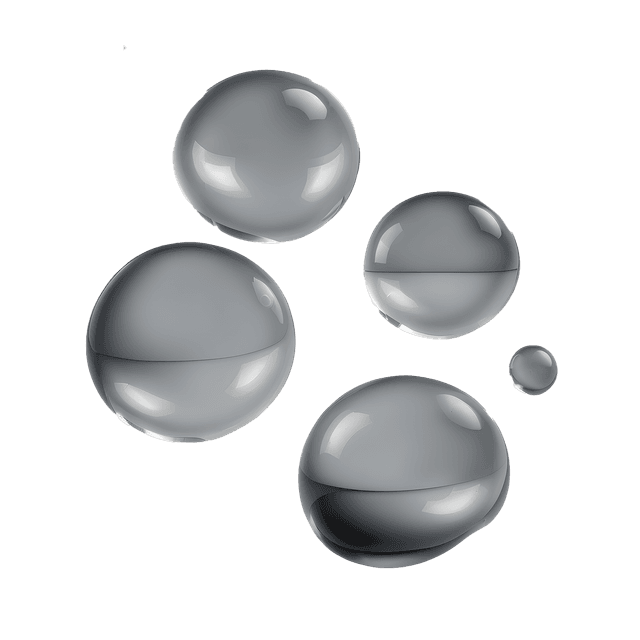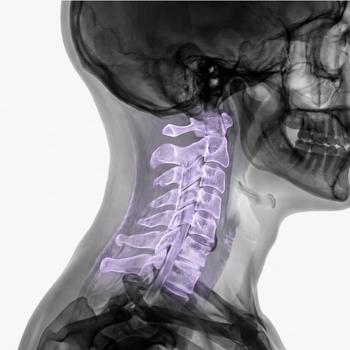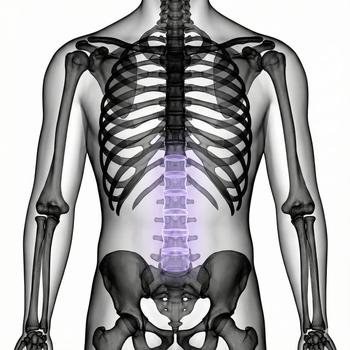What is a herniated disc?
Between the vertebrae of the spine are soft discs that act as shock absorbers. In people with a herniated disc, part of the disc is pushed out – often backwards – and can then irritate or press on a nerve. When this happens, symptoms occur.
A herniated disc can occur throughout the spine, but is most common in:
- Lumbar back
- Neck
Common symptoms of a herniated disc
How a herniated disc feels varies depending on where in the back it is located and whether it affects a nerve. Here are common symptoms:
Symptoms of a herniated disc in the lumbar spine
- Lower back pain, often on one side
- Pain that radiates down the leg (sciatica)
- Numbness or tingling in the leg and foot
- Difficulty bending forward or sitting for a long time
- Sometimes weakness in the leg
Symptoms of a herniated disc with nerve damage (pinched nerve)
- Sharp, electrical pain in the arm or leg
- Numbness in areas of skin that the nerve affects
- Weakness in muscles connected to the nerve
- Impaired reflexes
If you have difficulty controlling urine or stool – contact your healthcare provider directly.
Symptoms of a herniated disc in the neck
- Pain in the neck that radiates to the shoulder or arm
- Tingling, numbness or weakness in the arm
- Headache or stiffness in the neck
Why do you get a herniated disc?
A herniated disc can occur for several different reasons, both external factors and heredity:
- Aging - as you age, the discs become drier and more fragile
- Heavy, incorrect lifting
- Poor posture or static work
- Overweight and inactivity
- Hereditary predisposition
When should you seek medical attention care?
Contact care if:
- You have persistent pain in your back, neck or leg/arm
- You experience numbness or muscle weakness
- The pain affects your everyday life
- You suspect sciatica or a herniated disc
How to find out if you have a herniated disc
Do you have symptoms that you suspect may be due to a herniated disc? The first step is to make an appointment with a doctor or physiotherapist who will perform a clinical examination. They will perform a physical examination and test your mobility, sensation and reflexes to assess whether a nerve may be affected.
If the symptoms are clear or if the diagnosis needs to be confirmed, an MRI (magnetic resonance imaging) scan of the area may be appropriate. MRI can see the discs, nerves and any compression – it is a very reliable method for detecting herniated discs.
If necessary, other tests or imaging diagnostics, such as CT or nerve conduction studies, may also be appropriate.

